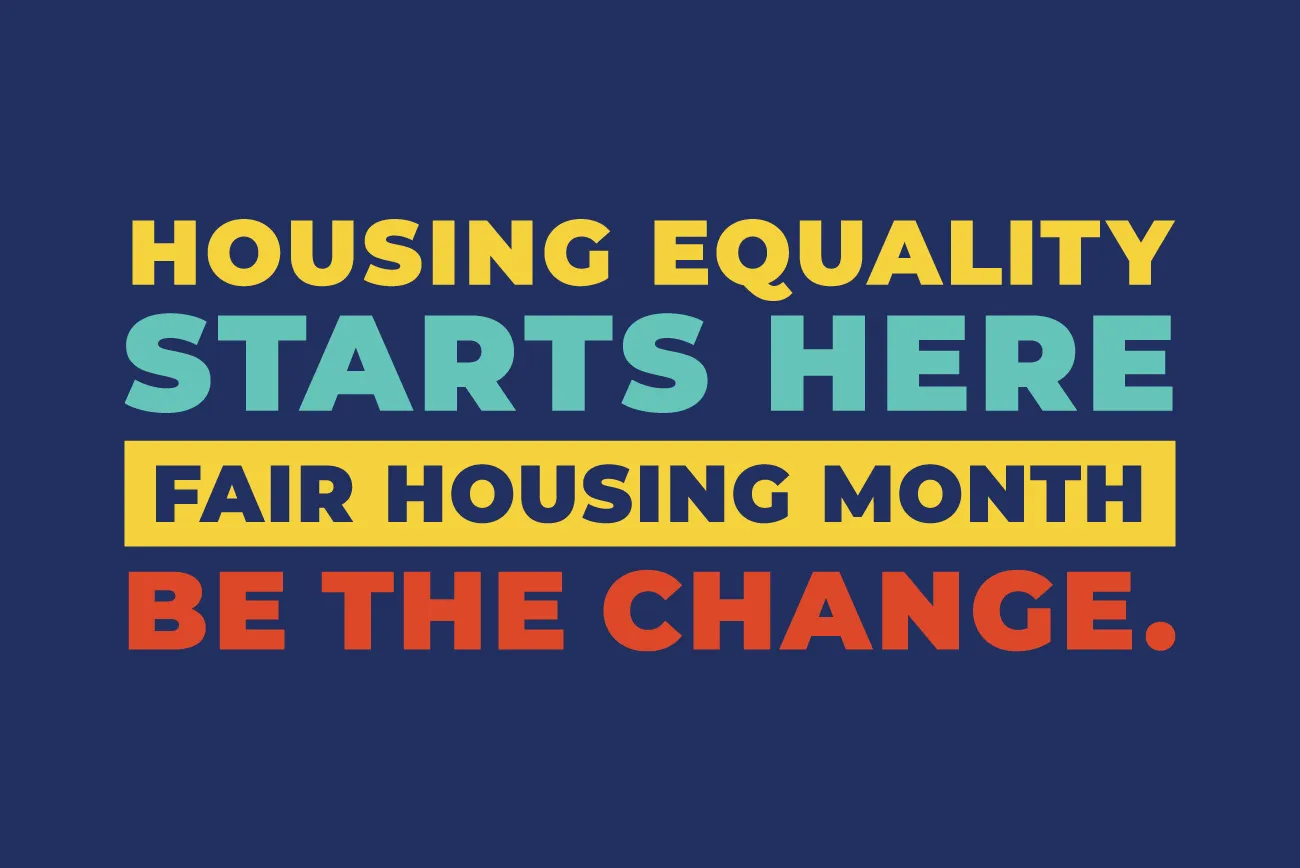
For the last week, I’ve spent a lot of time figuring out what this month’s message would be. Deciding what real estate topic would be appropriate to talk about with all the continued social injustices and racial inequities going on in the world right now has been weighing heavy on my heart. That was when I realized I had not only an opportunity, but also a duty and obligation to help educate our members on how systemic racism has roots that are firmly grounded within real estate, so we can actively work to interrupt that racism in our businesses and our lives.
If you’ve listed to our podcast, Kansas City RealTalk (featuring co-host Alex Goering), you know one of our regular segments is Bobbi’s Book Bit, where I talk about a book I’ve read recently. One of the books I featured last year is especially timely right now, The Color of Law: A Forgotten History of How Our Government Segregated America by Richard Rothstein. Though I think we all have an idea about segregation in our country from what our teachers taught us in school, I know that I didn’t truly understand how deep it ran until I read this book. If we truly desire a change for the future, we have to understand the past.
Though I can’t possibly walk you through everything in the book, I do want to highlight a few facts that are presented in the book in the hopes that it will make you want to learn more and compel you to read this enlightening book. In the 1940s and ’50s, the government mandated segregation to intentionally undermine the ability of black families to own homes and build wealth. We’re still seeing the effects of these policies today. And even though Brown vs. Board of Education desegregated schools in 1954, todays schools remain largely segregated BECAUSE housing is still segregated.
The federal government pursued two particularly notable policies in the mid-20th century that segregated metropolitan areas. One was the first civilian public housing program, which frequently demolished integrated neighborhoods in order to create segregated public housing.
The second program that the federal government pursued was to subsidize the development of suburbs on a condition that they be only sold to white families and that the homes in those suburbs had deeds that prohibited resale to black families. These two policies worked together to segregate metropolitan areas in ways that they otherwise would never have been segregated.
One of the worst offenders during this time was FHA (the Federal Housing Administration) and one of the best (worst) examples of this is Levittown (east of New York City), though this played out over and over again all over the country. The Levitt family did not have the capital to build 17,000 homes on their own. So, the federal government guaranteed bank loans for construction and development to Levittown on the condition that no homes be sold to black families and that every home have a clause in its deed prohibiting resale to people of color. If you look through the deed restrictions in many old subdivisions, you will still see the clauses to this day, even though they are no longer enforceable.
The book further goes on to talk about the Fair Housing Act of 1968, and even though it prohibited future discrimination, it did nothing to fix the problems of the past. Well, because all the Fair Housing Act could do was prohibit future discrimination. By the time the Fair Housing Act was passed, the patterns of segregation had been firmly established. Simply passing a Fair Housing Act did not enable black people who were previously living in urban areas to relocate to the suburbs from which they’d been excluded.
Take for example, Levittown; those homes initially sold for about $8,000. Black families could have bought those homes at that time, but they were restricted from doing so. Today though, those homes sell for $300,000-$400,000 and they are no longer affordable to working class families. In the ensuing two generations, the white families who moved into those homes gained $200,000-$300,000 in equity appreciation that black families were restricted from.
People of color living in rented apartments and prohibited from moving to the suburbs gained none of that appreciation. The result is that today, nationwide, black incomes are on average about 60% of white incomes, but black wealth is only about 5%-7% of white wealth. That enormous difference is almost entirely attributable to unconstitutional federal housing policy practiced in the mid-20th century. This is only one of the many facets of local, state and national policies and laws featured in the book that lead us to where we are today.
It is our duty as REALTORS® to actively fight systemic racism in our industry every day. I highly encourage each and every one of you to do even more to educate yourself on the true facts of our nation’s history. Another great read is The People’s History of the United States by Howard Zinn.
It is time we work together for profound change in our country. Let our voices be heard and be the change you want to see. Don’t let the pain that our country is feeling right now be for naught.



